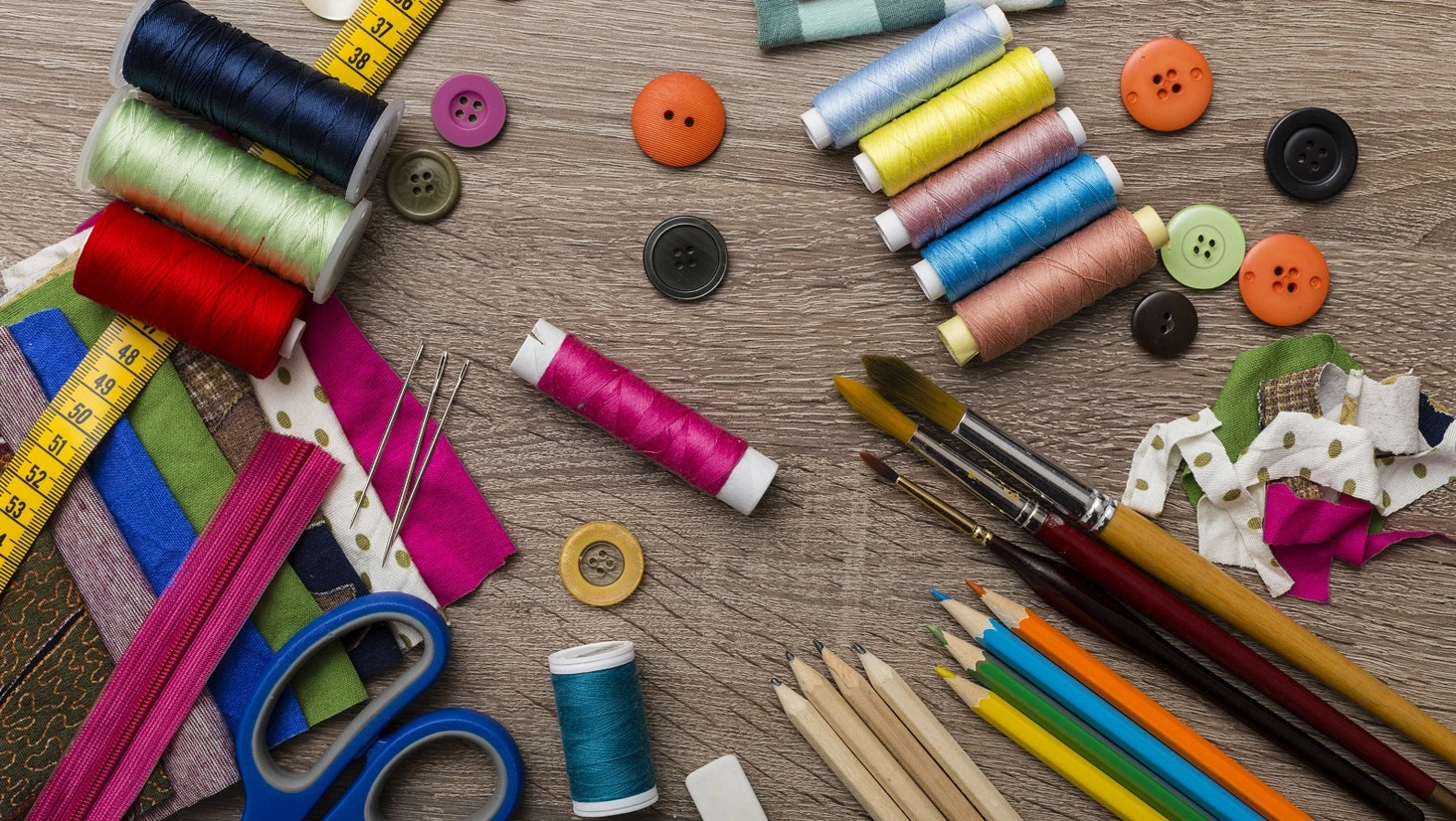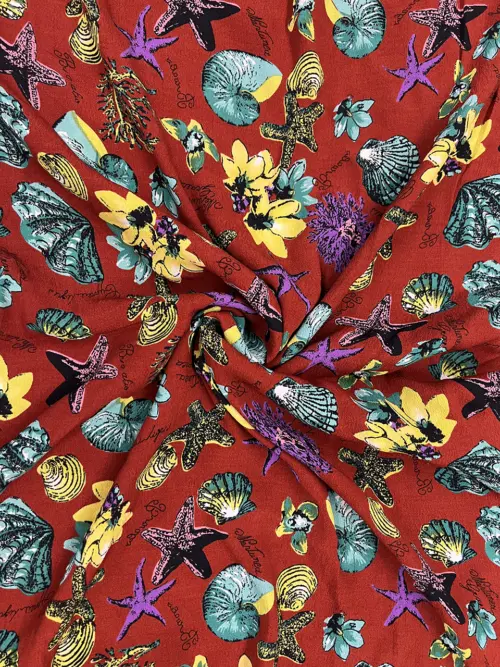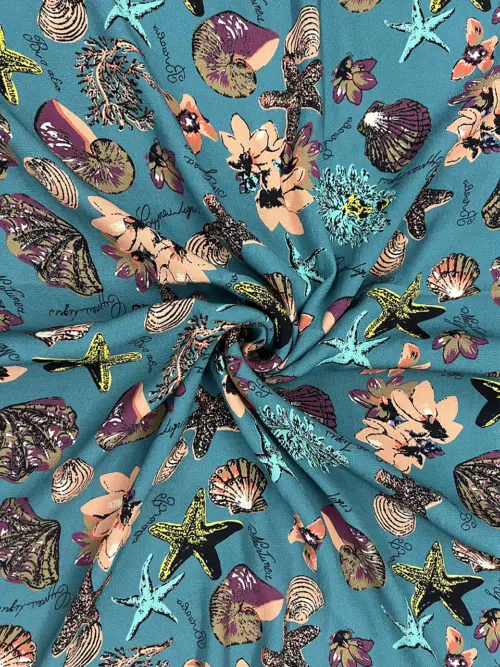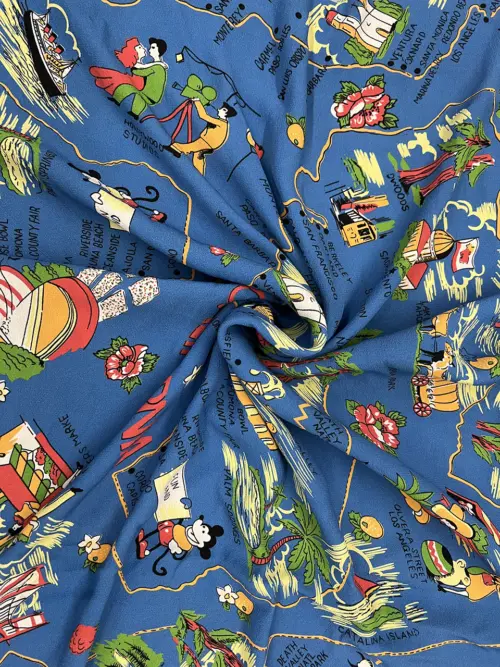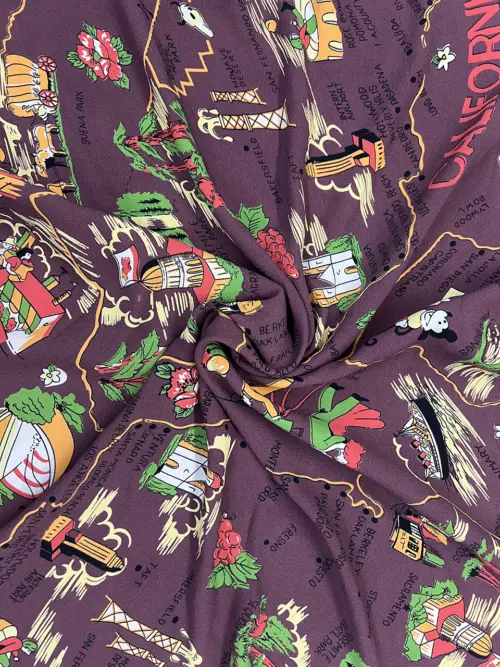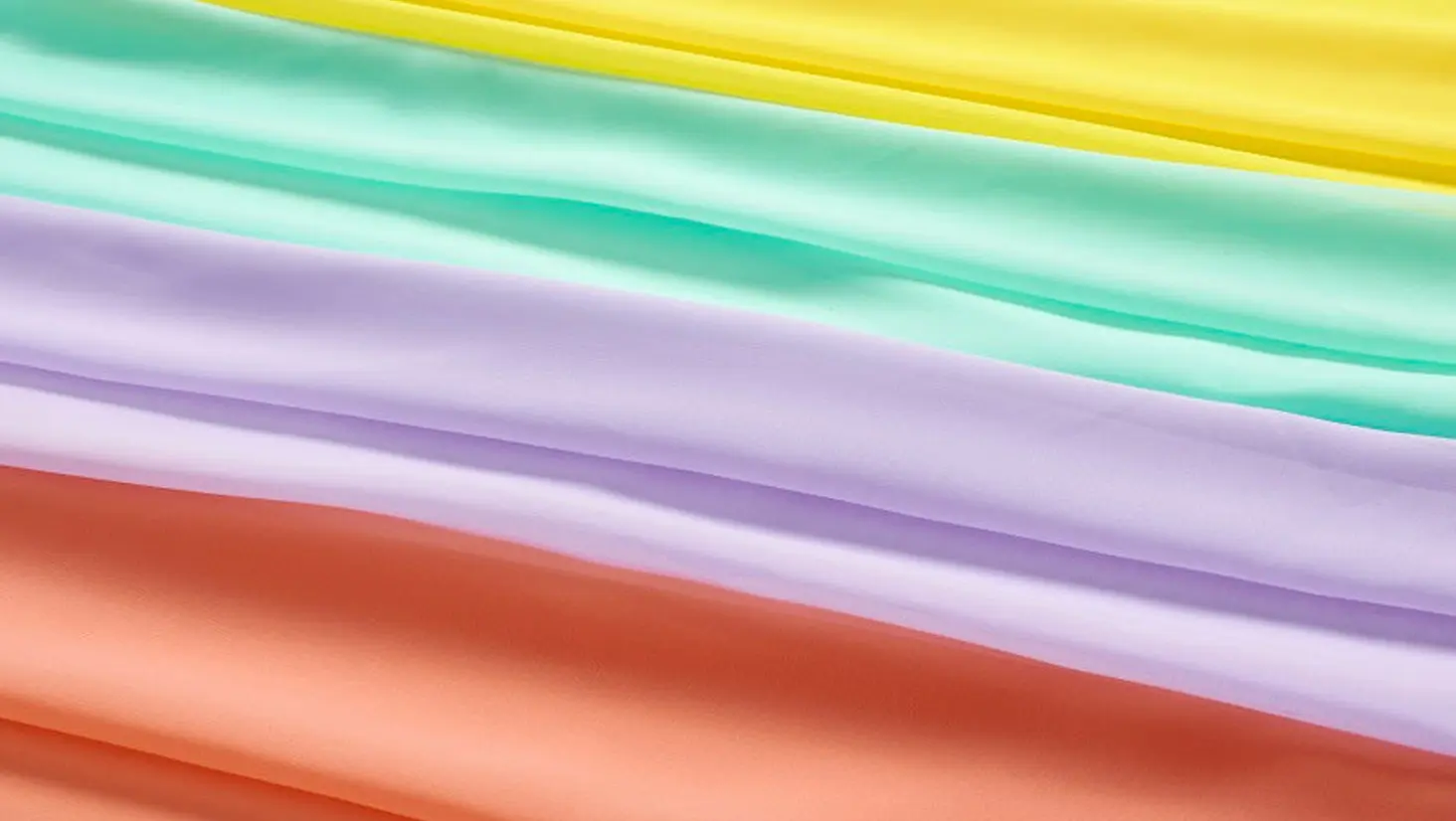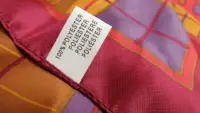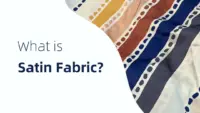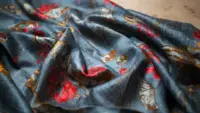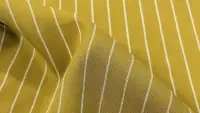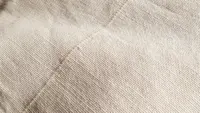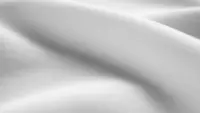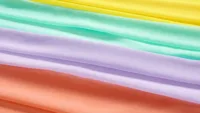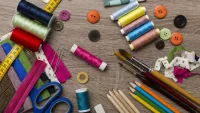Improve your skills & vocabulary by reading this comprehensive Sewing Glossary to define common techniques, tools, materials, & stitches, related to sewing.
Sewing can be a rewarding and enjoyable hobby that allows you to make or repair your own clothing, home decor, and more. Whether you’re a beginner or professional tailor/seamstress, all that sewing lingo may be overwhelming.
To better help you follow patterns, understand instructions, and talk to other sewers like yourself, here is a list of common sewing words, slang, and terms that you might come across:
Embroidery: This is a decorative technique where designs are created on fabric using a needle and thread.
Fabric Grain: This refers to the direction of the threads in a fabric. The lengthwise grain runs parallel to the selvage, and the crosswise grain runs perpendicular to it.
Facing: This is a piece of fabric that is sewn to the raw edge of a garment or project to finish it neatly.
French Seam: This is a type of seam finish where the raw edges of the fabric are encased within the seam, creating a neat and professional finish.
Fullness: This refers to the amount of extra fabric added to a garment to allow for ease or to create a desired shape or drape.
Gathering Foot: This is a sewing machine presser foot that is used to easily gather fabric.
Gathering: This is a sewing technique used to create fullness in a garment by sewing long stitches that can be pulled to gather the fabric.
Hem Tape: This is a narrow strip of fusible interfacing that is used to stabilize and neaten the hem of a garment.
Selvage: This is the finished edge of a fabric that is produced by the weft threads turning back at the end of each row of weaving.
Shirring: This is a decorative technique where rows of gathers are sewn onto a fabric to create a ruffled effect.
Slipstitch: This is a type of hand-sewn stitch that is used to join two pieces of fabric together or to close a seam from the outside. It is almost invisible from the right side of the fabric.
Smocking: This is a decorative technique where gathers are worked into fabric to create a textured pattern.
Staystitch: This is a row of stitches that is sewn close to the edge of a fabric to prevent it from stretching or distorting.
Stitch in The Ditch: This is a technique where stitches are sewn in the groove created by a seam, so that they are not visible on the right side of the fabric.
Tack or Tacking: This is a temporary stitching used to hold fabric in place before the final stitches are sewn.
Take-in: This is a type of alteration where fabric is removed from a garment to decrease its size.
Tension: This refers to the balance between the top and bottom threads in a sewing machine. Proper tension results in even, neat stitches.
Topstitch: This is a decorative row of stitches that is sewn on the top of a seam or edge.
Transfer or Tracing Paper: This is a thin, translucent paper used to transfer patterns or markings onto fabric.
Tucking: This is a decorative technique where fabric is gathered into a series of parallel folds and stitched in place to create a textured pattern.
Understitch: This is a row of stitches that is sewn close to the seam line on the underside of a garment or project. It helps to keep the seam in place and prevent it from rolling to the outside.
Warp: This refers to the threads that run lengthwise in a fabric and are held taut on a loom while the weft threads are woven through them.
Weft: This refers to the threads that are woven horizontally through the warp threads to create the fabric.
Yoke: This is a piece of fabric that is used to join the front and back of a garment at the shoulders.
